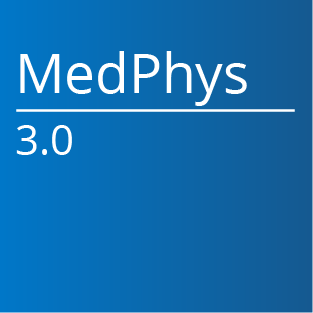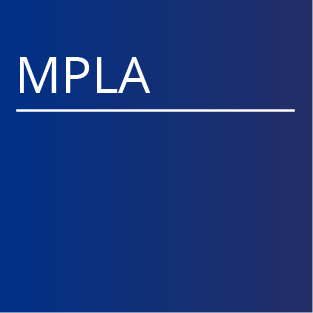AAPM has contracted with NCRP to provide each AAPM Member in good standing access and download privileges of electronically available NCRP reports, commentaries and statements. This report was prepared by the National Council on Radiation Protection and Measurements (NCRP). The Council strives to provide accurate, complete and useful information in its reports. However, neither the NCRP, the members of NCRP, other persons contributing to or assisting in the preparation of this report, nor any person acting on the behalf of any of these parties (a) makes any warranty or representation, express or implied, with respect to the accuracy, completeness or usefulness of the information contained in this report, or that the use of any information, method or process disclosed in this report may not infringe on privately owned rights; or (b) assumes any liability with respect to the use of, or for damages resulting from the use of, any information, method or process disclosed in this report.
 |
Commentary No. 013 - An Introduction to Efficacy in Diagnostic Radiology and Nuclear Medicine (Justification of Medical Radiation Exposure) (1995) Price: $25 PDF (AAPM Members FREE) Category: Commentary Commentary No. 13 (1995) discusses the concept of efficacy as it applies to the use of radiation in diagnostic radiology and nuclear medicine and describes the interrelationships of efficacy with cost-effectiveness and cost-benefit analysis, including consideration of potential radiation detriment, as well as with outcome research and technology assessment. Inherent in the decision to use radiation as a tool in diagnosis is the understanding that every radiation exposure needs to be justified. Since it is only through the development of medical decision-making concepts such as efficacy that decisions concerning justification can be made, NCRP finds the evaluation of radiation exposure involved in a practice or procedure an essential part of evaluating efficacy. The Commentary presents a general hierarchical model to classify efficacy studies. This hierarchy extends from basic laws of physics, through clinical use, to more general patient outcome and societal issues. Discussion of this hierarchy is followed by a discussion of the applications of efficacy concepts to the assessment and emergence of a new technology. Next, the relations of outcome research, technology assessment, and efficacy are explored. The final section summarizes the logical relationships of efficacy levels and the use of imaging efficacy concepts in clinical decision making. Scientific Committee: John R. Thornbury, Chairman Dennis G. Fryback Robert A. Goepp Lee B. Lusted (deceased) Keith I. Marton Barbara J. McNeil Charles E. Metz Milton C. Weinstein |



















